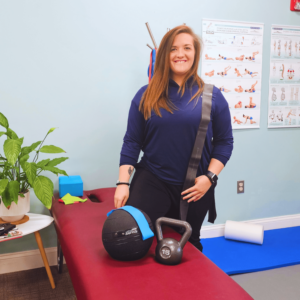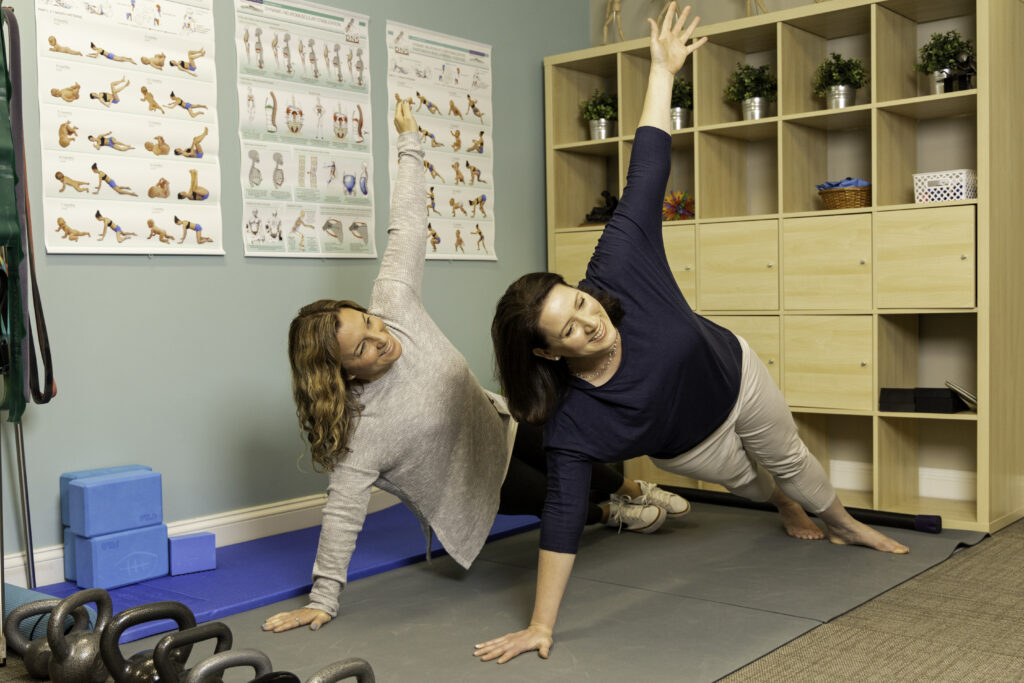As we happily say goodbye to 2020 and all the stress and worry that it brought into our lives, we can hopefully look forward to better times on all levels in 2021. We may be thinking about new year resolutions – which for some of us may include improving our diet and getting into better shape. You may be super anxious to take off those pounds and get back into your favorite dress or jeans, after weeks – if not months – of quarantine. Many of us also continue to work remotely, which has meant a more sedentary life in general.
But before you set your fitness goals for 2021, it’s important to set realistic goals that you can adhere to. If you expect big results too soon, you are setting yourself up for failure. We recommend the following three steps to achieve your goal:
1. Set a Realistic Goal
If you have a goal to lose a certain amount of weight, set a goal for yourself and give yourself a reasonable amount of time to achieve it. It took some time and probably a set of lifestyle habits to gain weight or get out of shape, so it will also take time to change.
Break big goals down to manageble chunks and timelines. “Lose 50 pounds” is easier when you think of it as “5 pounds a month for 10 months.” It’s also healthier, more realistic, and sustainable!
2. Focus on the Process
If we focus too much on the goal of losing ‘x’ number of pounds within ‘x’ weeks, instead of the process that gets us there, we may end up losing steam.
It’s a better idea to focus on a proven, realistic process that you can work on every day. Not only will this be more effective in the long run, it will be a lot safer. We sometimes see injuries such as sprains and muscle strains in our office with people who suddenly decide to work out after months of sitting on the coach. The key components of this process are:
- Eat Right – Begin with looking at your current calorie intake and the types of food you eat. Are you eating a balanced, healthy diet? Do you do any late-night snacking? Do you eat more carbs and less fruits and vegetables? Adjusting your calorie intake and being more selective about the foods you eat can make a big difference.
- Get Better Sleep – You would be surprised how important getting enough sleep is for both losing weight and getting in shape. If we don’t get enough rest, we tend to look to sugar, carbs or caffeine for energy to get us through the day. These stimulants make it difficult for us to sleep, so it becomes a vicious cycle. Sleep is also the time when our body replenishes our systems and rebuilds our muscles, so we have the strength we need to exercise.
- Get Regular Exercise – We’ve seen the influx of people in gyms at the beginning of the year, and then see how they dwindle by the beginning of March. It’s better to set a goal for a 20-minute walk three times per week rather than a less realistic plan of working out in a gym for an hour every day. There are even phone apps such as “Couch to 5K” that help you slowly build up to the fitness level you desire, as well as online guided exercise programs with music to motivate you.
3. Get the Help of a Counselor, Coach or Friend
Sometimes we need an accountability partner to help us stick to our goal. There may be times that we slack, so they will be there to help us get back on track. In addition to the nutrition counseling provided here at our office, consider working with a coach, trainer, family member or friend who will help you maintain a consistent exercise regime. With daily, consistent effort you will see the gradual transformation and outcome that you desire.
Once you reach your goal, it is important to continue to eat right and maintain a consistent routine that includes a healthy diet, plenty of water and fresh air, and exercise. This not only keeps the pounds off but maintains your overall health and emotional well-being.





